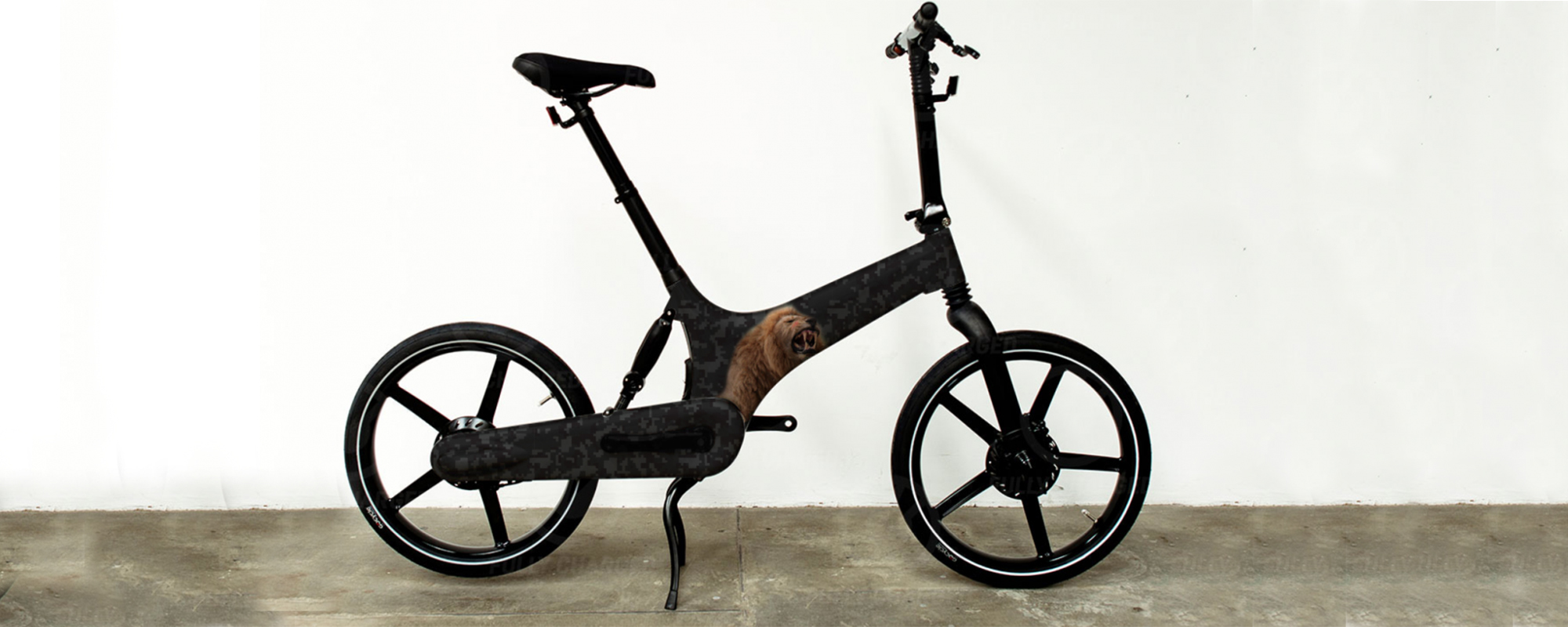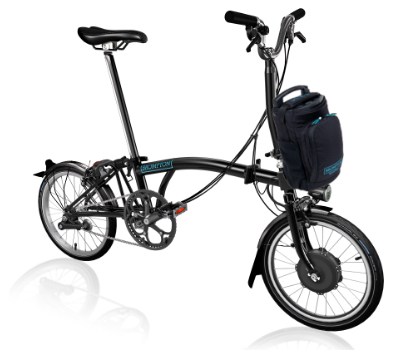Get updates from The Developer straight to your inbox Yes, please!
How new cycle tech is reshaping our cities
The focus on quietways has led to an increase in two-wheel traffic, but it has also provoked a battle between tribes

Two bits of tech that will make an impact on cycling and the public realm are the growing use of facial recognition and data by office providers, and the rapid growth of electric bikes and scooters.
Facial recognition is the kind of thing which feels like it’s the preserve of airports, the police and sci-fi, but might be coming to an office near you. And it is even helping the (relatively) free flow of helmet and glasses-clad cyclists into buildings and on to specialist storage and other facilities.
One such example of a building owner realising the full extent of the facilities needed to please the new breed of tenant and ‘war for talent’ companies is 22 Bishopsgate in London, from clients AXA Real Estate and Lipton Rogers Developments.
The developers behind this 186,000m2 scheme – now branded as Twentytwo – say they have aimed to create a diverse business community or “vertical village” with office and social spaces that might make people sit up and take notice. Alongside an art gallery with “high-tech check-in and personal service”, there is wi-fi “absolutely everywhere”, a communal food hall, wellness centre, scary (glazed) climbing wall in the upper reaches of the 62-storey scheme and, perhaps most impressively, London’s biggest bike park.
Twentytwo aims to provide 1.275m sq ft of high-specification office space, arranged across four office zones, featuring stairs that encourage the “community” to stay active. But one of its key draws to a new and demanding tenant base is the 1,700 cycle spaces and 87 showers, accessible at ground floor even if cyclists arrive in bandanas, dark glasses and helmets.
It appears to be that, as with drones, technology is moving ahead of the regulation curve
Another scheme which is aiming to offer this technological approach is Bureau, which opened in London’s Fetter Lane and also has extensive bike facilities inside, accessed again with the help of a swipe card and facial recognition.
The scheme is home to brewing giant AB InBev, which has taken the top four floors. Evans Randall Investors worked with biometric identity management firm QikID Services to develop the software. The project, designed by John Robertson Architects, includes some 130 bike rack spaces, 13 showers and 160 lockers inside the eight-storey building, as well as airing cupboards and a towel service.
The recognition software is, says project architect Kuros Sarshar, something that they are hoping will be a boon to the smooth running of the entire scheme: “We’ve found it can be extremely helpful finding out who is left in the building in the event of a fire… very quickly.”
That live database of who has popped in and out is thus useful, and it works with the lift system to secure a ground-floor entrance without security gates that could be used for events.
Furthermore, such facial recognition systems more generally appear to mean a more pleasant and informed first greeting from receptions and interfaces with the (more) public realm, rather than the ‘grunt’ of the security guard.
Data more widely is the subject of a RICS report, written by REMIT Consulting, because it is such a huge issue in the development of surveyors. It will be available in time for MIPIM and builds on an earlier report that predicts that many of their predominantly back-office functions will be made obsolete by the rise of automation.
But when it comes to the work agents and others do, modern, geographical information system technology platforms like Land Insight that help developers look for opportunities quickly appear to threaten the role of the consultants even more.
Of course, many would bristle at the always-observed society for the freedoms it appears to transgress. But the truth is that London is already one of the most spied on cities in the world, with Big Brother Watch estimating that there are some 51,000 cameras run by the police to watch citizens in the capital. There are an estimated 4.2 million cameras in total in the UK, or one for every 14 people. And, of course, with the rise and rise of the mobile phone, there are plenty more personal CCTV-ers out in force in effect, to boot.
As for electric bikes, they are another growing urban phenomenon, seemingly on every street corner, with the product growing in maturity, design, sales and range – even with new entrants to the folding market including Brompton’s Electric, and shortly, Gocycle’s new competitor model, the GX.
But there is a problem: this area feels like the Wild West when it comes to our streets and regulation, and the rise of scooters – electric or otherwise – on the roads has intensified that further. Where, exactly, do we stand?
Facial recognition raises privacy issues that need to be addressed in policy
The global electric bike market is likely to be worth some $23bn (£17.5bn) by 2025, according to the US’ Allied Market Research, with the Far East being the biggest consumer.
Around half of all bikes sold in Germany are now electric. But Britain is catching up fast – or at least as fast as their capped 15.5mph peak – with around 50,000 a year sold here. They tend to appeal to those with mobility issues or older people as an easy means of getting around town, or to those who want a bit of assistance uphill or travelling further afield, or simply to people who prefer to arrive un-sweaty.
There are even electric bike hire schemes, one of the proponents being Lime, with bikes in north-west London and Milton Keynes, as well as Paris, elsewhere in Europe and across the US. But some dockless firms have encountered criticism when users leave them irresponsibly, with Mobike, for instance, pulling out of Manchester, citing thefts and vandalism.
Electric scooters, too, have been backed by billions of dollars with companies such as Lime and Bird entering the market, the former offering dockless scooter hire, even if glitches across the world have meant recalls in places like Switzerland, and lawsuits in the US over claims they discriminate against people with disabilities.
Or you can buy your own commuter scooter for less than £200. But regulation is again scarce – should riders wear helmets? Are they allowed on the pavement, the road, the soon-to-be-rebranded Cycle Superhighways? The London Cycling Campaign passed a policy on ‘mobility scooters’, believing that those used on ‘mobility aids’ can be used on the to-be-rebranded Cycle Superhighways. But in some areas of the US they have proved unpopular; vigilantes have even expressed their displeasure at how these scooters are littering the public realm by vandalising them or dumping them in waterways.
It appears to be that, as with drones and problems felt recently at Gatwick and Heathrow, technology is moving ahead of the regulation curve. For electric scooters, what appears to be a reasonably environmentally friendly way to get across town and filling gaps in public transport for the ‘last mile’, may be derailed by accidents or a lack of clarity over liability and use. Facial recognition raises privacy issues that need to be addressed in policy.
In both cases, any regulation must avoid both the draconian and the knee-jerk, and recognise the broader impact on public realm and our freedoms.
Sign up to our newsletter
Get updates from The Developer straight to your inbox
Thanks to our organisation members
Become a member
© Festival of Place - Tweak Ltd., 124 City Road, London, EC1V 2NX. Tel: 020 3326 7238

